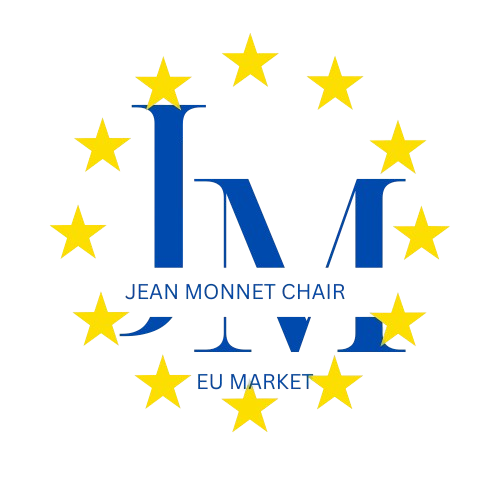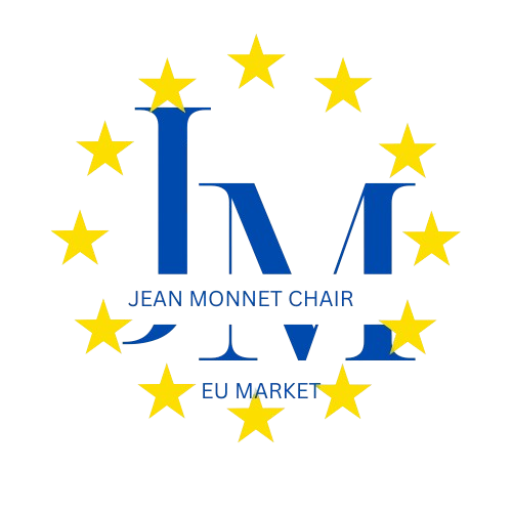Bachelor Courses
EU Internal Market
This subject aims to clearly present the functioning of the EU Internal Market through the four freedoms: free movement of goods, services, capital and labour. Each of the four freedoms is based on separate legislation that was based on the law cases of the European Court of Justice. Given the specificity and individuality of the legal sources, each of the separate legal frameworks
on which is based the free movement of goods, services, capital, and labour is analysed separately. The final aim of the course is to get the real picture and understand the complexity of the system within the European Union.
This course is available at undergraduate and master studies – European Economic Studies.
European Economic Integration
The course should provide a basic knowledge of the process of integration from the customs union, the Internal European market to the economic and monetary union. The course explains the urgent development of the EU and the challenges in its functioning. EU internal and external policies are being studied. Internal policies are divided as horizontal (regional development, social policy, monetary policy, tax policy, competition policy) and sectoral (industrial, energy, transport, agricultural). In foreign policy, a special aspect is given to the foreign trade policy, where the EU’s trade relations with third countries are considered. The EU is an important factor in economic and business activities in Europe. Hence, relations with
Southeast European countries are a major challenge for the Republic of North Macedonia as a candidate country for EU membership.
This course is available at undergraduate and master studies – European Economic Studies.
Multilateral Trading System
During this course the students will obtain knowledge on the theory and functioning of the World Trade Organization as the foundation of the multilateral trading system. The course starts with explanation of the development of the multilateralism from the signing of the “old” GATT agreement through the establishment of the World Trade Organization. After the introduction, follows detailed review of the agreements that are incorporated in the WTO. The “new” GATT agreement with the 13 agreements will be analyzed in detail. The Agreement on Services and the Agreement on Trade-Related Intellectual Property Rights will also be analyzed. Additionally, during the course the Dispute Settlement Mechanism of the WTO will be elaborated, as well as the Trade Policy Review Mechanism. Through the analysis of the agreements special accent will be given on the progress of the negotiations in the Doha agenda, as well as on the new Trade Facilitation Agreement.
International Trade
Conceptually this subject consists of three mutually dependent parts: the first one is dealing with the term
and the contents of the trade policy and trade system; the second one is devoted to the definition and the
contents of the foreign exchange rate policy and system; and the third part, is explaining the trade system,
as well as the exchange rate system of the RN of Macedonia.
International Organizations and Integration
International organizations and integrations are “model” of international cooperation that aims to bring global change and face global challenges. The course analyzes the organizational structure, goals, as well as the advantages and disadvantages of the functioning of the largest international organizations: the United Nations, the International Monetary Fund, the World Bank, the World Trade Organization, as well as other important organizations in various fields
of activity. The purpose of this course is to emphasize the importance and role of international organizations in world politics that is subject to constant change. Regional economic integration is also emphasized, mainly focusing on the European Union emerging as a mainstay of European integration processes.

